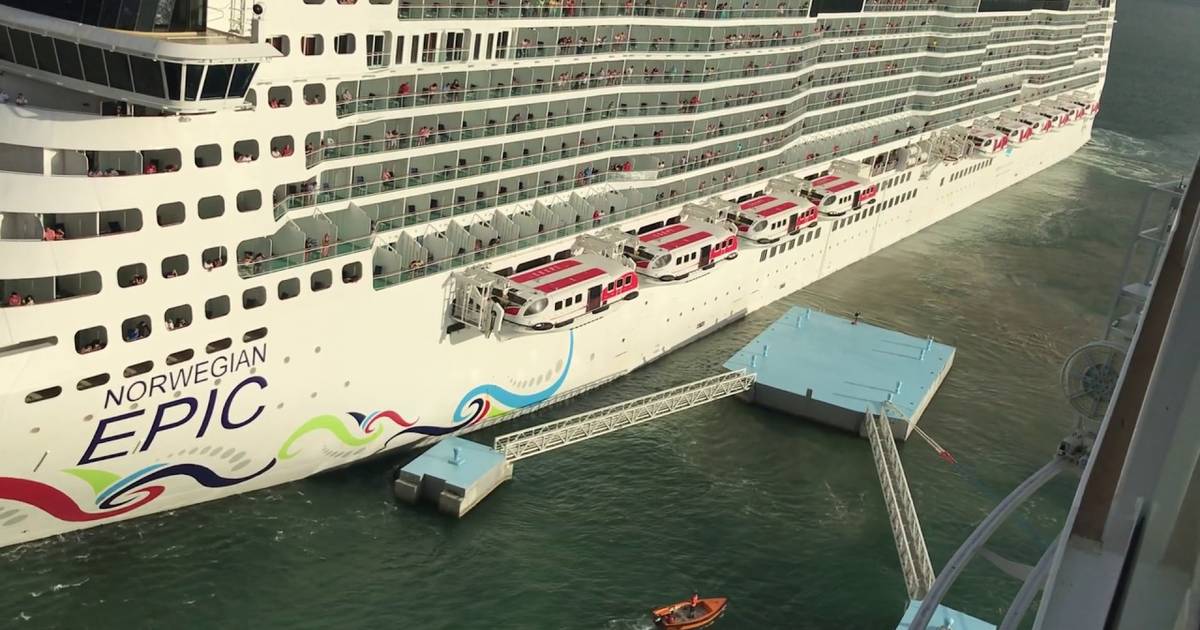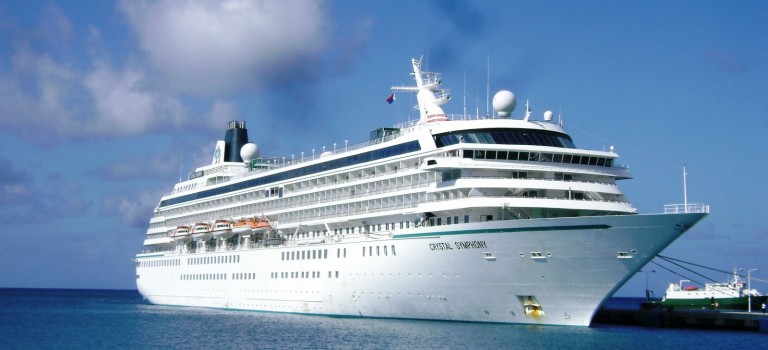
A CDC cruise-ship program might help cruise ships avoid the COVID-19 infection. Find out more about the disease's color code, vaccination recommendations, and conditional sailing certificates. Find out about the potential risks involved in COVID-19 infection. You don't have to worry about it, the CDC continues to offer guidance and recommendations for cruise ships. Ultimately, these steps will help cruise ships improve their safety for all their passengers.
COVID-19, CDC's cruise ship program
The Centers for Disease Control and Prevention has published updated guidance for COVID-19 in water aboard cruise ships. This guidance is based a current scientific consensus and will be revised periodically. The new guidance will be communicated to cruise ships. Travelers should contact their cruise lines for information regarding COVID-19. You can read the latest updates below. Al Tompkins is a senior faculty member who wrote this article.

Color-coding system by CDC for COVID-19 cases
After months and months of regressing regulations, the Centers for Disease Control and Prevention(CDC) has removed its "COVID-19 Programme for Cruise Ships." Although the program is no longer in operation, the CDC will still provide guidance to cruise lines on how to prevent the spread. The CDC's color-coding system helps cruise lines identify outbreaks by letting passengers know which ship has the highest risk of transmitting the virus.
CDC recommends COVID-19 vaccines
The new tiered vaccination system for cruise lines allows them to increase safety and security of their passengers. CDC recommends that ninety percent of passengers and 95 percent of crew members are fully-vaccinated against COVID-19. The new guidelines require cruise lines to post COVID-19 vaccine status on their websites. This will enable passengers and crew members to find out if the ship is at high risk for COVID-19. The CDC recommends that passengers receive the COVID-19 vaccination before boarding a vessel. This should be done within one day.
The conditional sailing certification issued by CDC
The certification statement for a cruise ship must include information that assists the CDC in assessing the safety of passengers, crew and crew. It must also include any deficiencies in health and safety protocols and their resolution. Any records cruise ship operators have, including the volunteer crew's and passenger testing results, must be included in their COVID-19 conditional sailing certificate application. Additionally, each incident must be reported to the CDC, along with a detailed plan.

CDC's guidance on commercial repatriation for U.S.-based people with COVID-19
HHS has issued updated guidelines for commercial repatriation of U.S.-based persons with COVID-19. HHS will continue to engage with stakeholders and the Return to Workplace Task Force. In addition, employers should make sure they develop phased return to work plans, implement these plans, and satisfy applicable collective bargaining obligations. Employees should also be informed about the guidelines.
FAQ
Why are cruise vacations popular?
A cruise is a great option for travelers who don't want the hassle of long flights and delays. You can also relax in a serene environment where you don't have to worry about your schedule or any other aspects of daily life.
It is also possible to travel by cruise ship, making it easier for tourists to visit different places on land as well as at sea. They have plenty of time to explore all the attractions and sights in each destination.
What type of cabin do I need?
Think about the space you need when choosing a cabin. Are you okay sharing a bath with another person? Or would you rather have a private bathroom? Are you sensitive to noise? Will you spend most of your time in the dining area or relaxing in your stateroom? Think about whether you want an interior view or a patio. Balconies provide more space, but can sometimes make it noisy. Interior views are typically quieter then balconies.
Is there anything else I should know before going on a cruise?
Before you take your first cruise, you need to know a lot of things. Remember that you'll be traveling with others. Do not be harsh about these people. You will never know how they feel about a situation. You will be sharing your meals with strangers. Be dressed appropriately. Avoid wearing shorts and tank tops while on deck. Wear comfortable clothes that won't get dirty. Keep yourself ready for extreme temperatures. Make sure you pack plenty of sunscreens. Bring a hat, sunglasses, and a light jacket just in case you have to spend some time outside. Last but not least, be responsible for your actions. Don't drink-drive!
Do I need to book my cruise before booking my flight?
It depends on where you are travelling to. You should book your cruise in advance to have more flexibility regarding dates. Plan your cruise around dates you know are best, such as if you plan to travel to Europe in summer. On the other hand, if you are going to Asia or South America, you might want to book your cruise later to avoid high season prices.
Do I need to dress up when going on a cruise ship?
You don't necessarily need to wear fancy clothes or formal attire. Simply be comfortable and open to relaxation.
Are there any downsides to cruising
There are some things that you should be aware of when considering the pros and cons of cruising. Some people don't like spending their entire vacation on boats. Others may prefer to stay near shore or in hotels. Some may not like being so far away from the land. These worries can be easily overcome by taking a cruise that leaves you plenty of time to ashore.
Statistics
- You'll need to budget around $80 per person per day for this option – and an additional 18% gratuity. (travel.usnews.com)
- If you're traveling alone, you may also need to factor in a single supplement, adding up to as much as 100% of the cruise fare. (travel.usnews.com)
- *20% Gratuities Apply on Free Unlimited Open Bar; Free Specialty Dining. (ncl.com)
- In addition, 10 to 15 percent gratuity is typically added to bar bills — for alcohol and soft drinks — and gratuities are applied to spa treatments. (cruiseline.com)
External Links
How To
How to avoid becoming seasick during a cruise
You can avoid seasickness by wearing a cap while on cruise. A wide-brimmed head hat can prevent motion sickness. It keeps the head still and helps keep it from moving.
The hat keeps water from the face and reduces the moisture in the air. This allows people who are prone to dizziness from inhaling moist air to breathe more easily.
Another tip is to drink plenty of fluids. Avoid alcohol or caffeine. These drinks dehydrate our bodies, which makes it difficult for fluid to move around in our stomachs. Drinking enough liquids will help reduce the amount of salt in the bloodstream. Salt causes the body's retention of water, which can lead to nausea.
If you do feel nauseous, try eating something salty. Salty foods make the stomach produce more hydrochloric Acid, which is helpful in breaking down food particles.
These tips may not work. There are other medications that can be used to treat seasickness. You should be aware that side effects can include dry mouth and constipation as well as headaches.